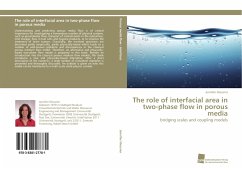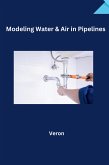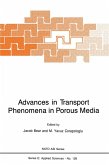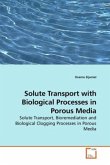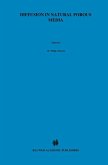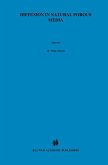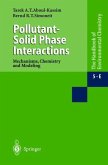Understanding and predicting porous media flow is of central importance for investigating a tremendous number of physical systems, such as groundwater flow, transport of contaminants in the subsurface, CO2 storage, flow in fuel cells and hygiene products, or to improve the treatment of brain tumors. Classically, the involved processes are described partly empirically, partly physically-based which leads to a number of well-known problems and discrepancies in the classical porous medium flow model. Therefore, an alternative and physically-based two-phase flow model is proposed in this book. Besides an introduction into the classical porous medium flow models, this book introduces a new and physically-based alternative. After a short description of the numerics, a large number of simulation examples is presented and thoroughly discussed. An outlook is given on how this model can be transferred to a multi-scale multi-physics context.
Bitte wählen Sie Ihr Anliegen aus.
Rechnungen
Retourenschein anfordern
Bestellstatus
Storno

